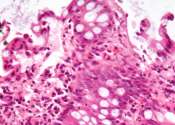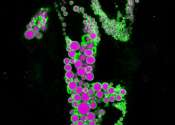Do sex differences in how adipose tissue responds to insulin explain why type 2 diabetes is more common in men?
New research presented at the European Congress on Obesity (ECO) in Venice, Italy (12–15 May), and published in the International Journal of Obesity, could help explain why type 2 diabetes is more common in men than in ...
May 10, 2024
0
2









